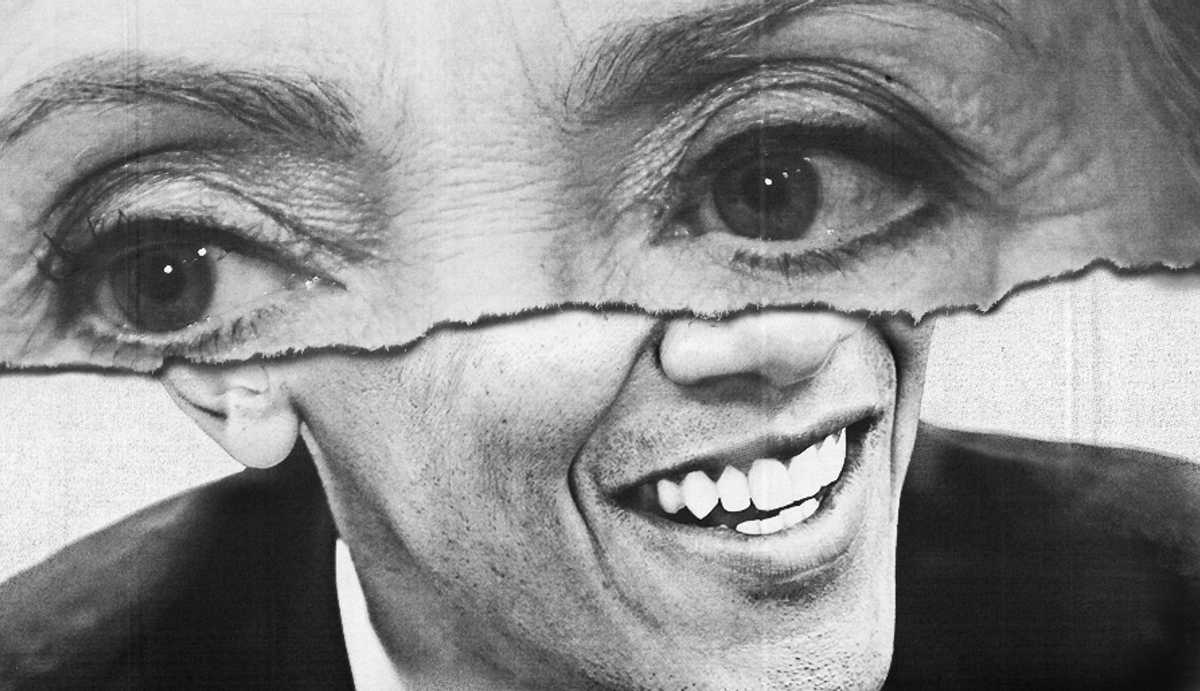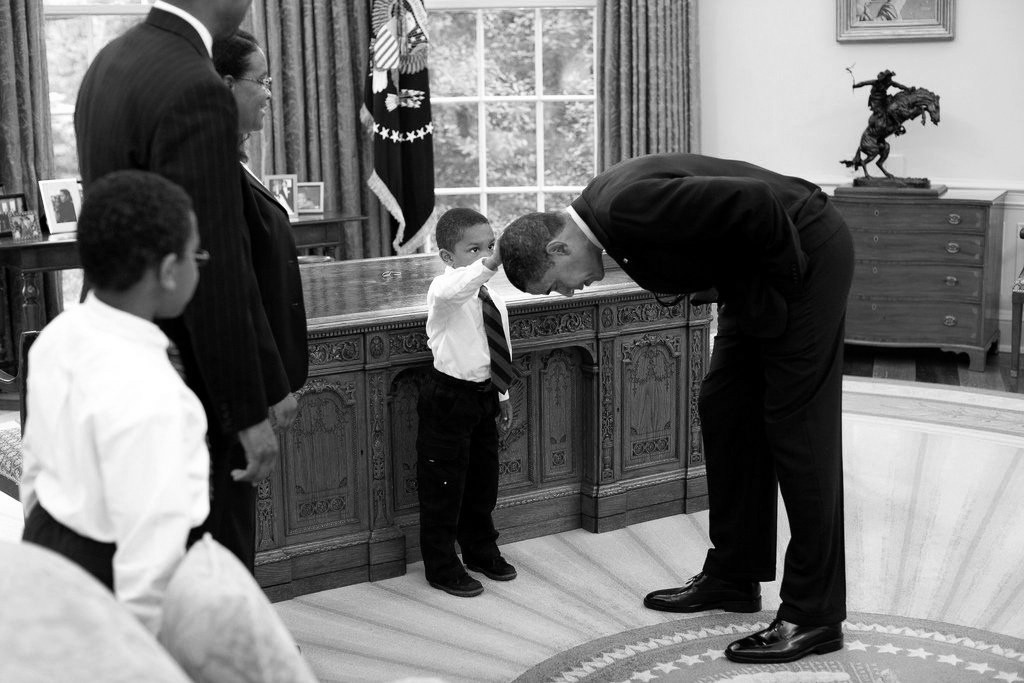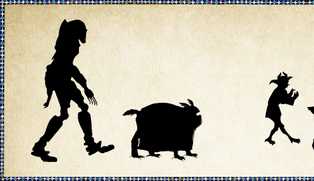The story about diversity that is most commonly peddled to us begins with the image of an ambitious child. A symbol that (assuming that you like kids) inspires immediate sympathy and admiration. The story tells us that what this child lacks is representation – a term that is often quite lazily equated with diversity – someone they can look up to that allows them to believe that their dreams are valid. They have grown up without seeing someone who looks like them in films, places of power, or positions they aspire to. This is why, we are told, we should champion diversity. So that differently abled children, children of colour and young girls have something to work towards. Now, without wanting to be in the business of killing the hypothetical dreams of hypothetical children, it might be worth intervening to ask: what exactly are we championing? Should the presence of diversity in previously unmapped territory be cause for excitement? Or, is this the brown, black, gender, sexual orientation or differently abled facelift merely something that the establishment needs in order to continue with business as usual? Answering these questions will in no way put a damper on the dreams of this hypothetical child that is in search for a role model that looks like them. They’ll be none the wiser if their idol turns out to be a cow-tipping, pro-fracking, soy latte drinking, xenophobe. However, answering these questions may clarify things for those of us that continue to believe that representation and diversity facelifts are the gateways to a more just and equitable society. A 2009 image of a White House staffer’s African-American son touching President Barack Obama‘s head, checking to see if their hair felt the same, went viral in 2012. A diversity facelift is the rebranding of an establishment or corporation through the acquisition of a brown or black hue to continue business as usual, whilst maintaining the façade of actually doing things to benefit these demographics that now represent the public face of the organization. The wonders of what a diversity facelift can do for an ailing establishment is perhaps best embodied by Barack Obama. In 2008, at a time when it was undeniably cool to espouse anti-American sentiments even if you weren’t quite sure why exactly you were burning the flag or an effigy of George Bush, American foreign and domestic policy was both unpopular at home and abroad. Two terms of a George W. Bush presidency had left the American economy with a staggering deficit, estimated to be around $1.4 trillion by the time Obama assumed office, and the American military was involved in two unpopular wars aboard. Obama’s 2008 campaign promised reform at a time when there was economic, social and political stagnation. A slogan inspired by 1960s Civil Rights movement translated MLK’s infamous “We Shall Overcome” to “Yes We Can”. Drawing on a movement that demanded revolution and reform created the narrative Obama needed to make the public believe that he was in the business of social transformation. He was a child of the Civil Rights era and he would continue to deliver on the movement’s promises, or so we were told. In fact, Obama’s PR campaign was so successful that it won him the award of “Marketer of the Year” on Advertising Age’s annual poll, beating Apple and Zappos.com to the title. In some ways, it is quite jarring to think of a presidential campaign being equated to an Apple or Coca-Cola commercial, because a presidency is neither a product nor an experience that we should be buying into on the basis of appearance and a sexy slogan. Ads are designed to sell an image without ever having to produce an object that is true to that image. A McDonald’s ad will always feature a burger that is infinitely superior, more succulent and colorful than the faded and rather stale looking mess that we pick up at the counter. And while I’m sure many always prefer the idea of McDonald’s to the actual product that we receive, you’d be hard pressed to find anyone that would take you seriously if you were to suggest that McDonald’s had failed to live up to its contractual obligation to deliver the burger that you’d seen on the sign outside. With presidents, one would hope that they’d actually deliver on some of the promises of their campaign. Sure, unlike the burger, there is a lag between a president winning the campaign and then delivering on those promises – the disconnect between the image and the object is not immediately observable. But not even two years into his presidency, Obama was awarded the 2009 Nobel Peace Prize for his “extraordinary efforts to strengthen international diplomacy and cooperation between peoples”. The Nobel Prize Committee, like the rest of us, had been sold on the image and promise of Obama rather than actually judging him on the basis of what he’d delivered. Obama had not overturned any of Bush’s policies, shut down Guantanamo or showed any signs of slowing down the wars in Iraq and Afghanistan. At best, the award was premature, and at worst it was misguided. But his winning is a testament to what a diversity facelift can do. As liberals flocked to the voting polls in 2012 to keep the Republicans out of office, critique of Obama turned into reluctant support and managed expectations. “Yes We Can” became a hallowed mantra that meant little in terms of actual structural change. Seven years into his presidency, it is fair to judge him on what he’s delivered, and what he hasn’t. Guantanamo Bay is still open, the wars in Iraq and Afghanistan rage on with no end in sight, immigration reform has failed at a time when a belligerent xenophobe with terrifying and divisive anti-immigrant rhetoric is running for office, inequality is at an all time high and ‘Black Lives Matter’ has become an ubiquitous slogan that raises awareness about the continued extrajudicial killings of African Americans at the hands of police. It’s fair to say that by 2016 the diversity facelift that the American government got with the appointment of Obama has worn off, and the skin is beginning to sag, just in time for another facelift that might place a woman in the White House. Hillary Clinton, if elected, will be the first woman president of the United States, but there is very little on her political record to suggest that any policies she will enact will be any different to Obama’s or more favourable to women. In fact, her voting record would suggest that she has a history of voting in legislation that negatively impacts women, particularly poor women, immigrant women and women of colour. It will be business as usual with a nicely fitted, electric blue pant suit. Of course, diversity facelifts are neither particular nor unique to the presidential office or to race and gender. Just visit your annual College job fair or do an online job search and look out for the fortune 500 companies, investment banks and tech start ups that are eager to tell you about their diversity recruitment efforts to find queer and differently abled people to join the firm. Diversity has become the new code word for “we’re inclusive”, even if these work environments are hostile towards the “diverse” demographic that these organizations are actively working to recruit. There is no guarantee that the company will offer maternity leave or provide in-house nurseries, better desks for a bad back or accommodate your “unprofessional” hair style. Moreover, there is nothing to suggest that these institutions are interested in having the representation of these “diverse” demographics align with their representation in society. As long as they have a handful of women, people of colour, immigrants and queer folk in the office it’s enough, by the standards of these corporations, for them to feel like they’ve fulfilled their duty, whatever that means. It’s a tick box, in a long list of boxes that make sure that the image of a firm is amenable to the public. Ask any questions about how the culture and operation of these institutions have changed through the inclusion of these diverse demographics, and it is unlikely that you’ll find that much has changed. Diversity has become a meaningless buzzword. It’s a concept that has been co-opted by the establishment and sold to us with the hope that we, like the Nobel Prize Committee, will not ask questions about what it is these institutions are actually doing to deliver more just and equitable work environments and societies. Fred Hampton, a Black Panther party member and leader, once said,
We’ve got to face the fact that some people say you fight fire best with fire, but we say you put fire out best with water. We say you don’t fight racism with racism. We’re gonna fight racism with solidarity. We say you don’t fight capitalism with no black capitalism; you fight capitalism with socialism.
You don’t need to be a socialist to recognize that diversity, like most things under capitalism, has been hallowed out of any ethical and moral goals that it might have once embodied and resold to as an image. If a facelift is superficial, why not call it that? Remember, the child will be none the wiser, because all they’re looking for is a role model. But as adults actually working to realize our dreams, it behoves us to to better understand the visual, social and political landscape we’re navigating and what it is that these establishments mean when they say they are “diverse”.




